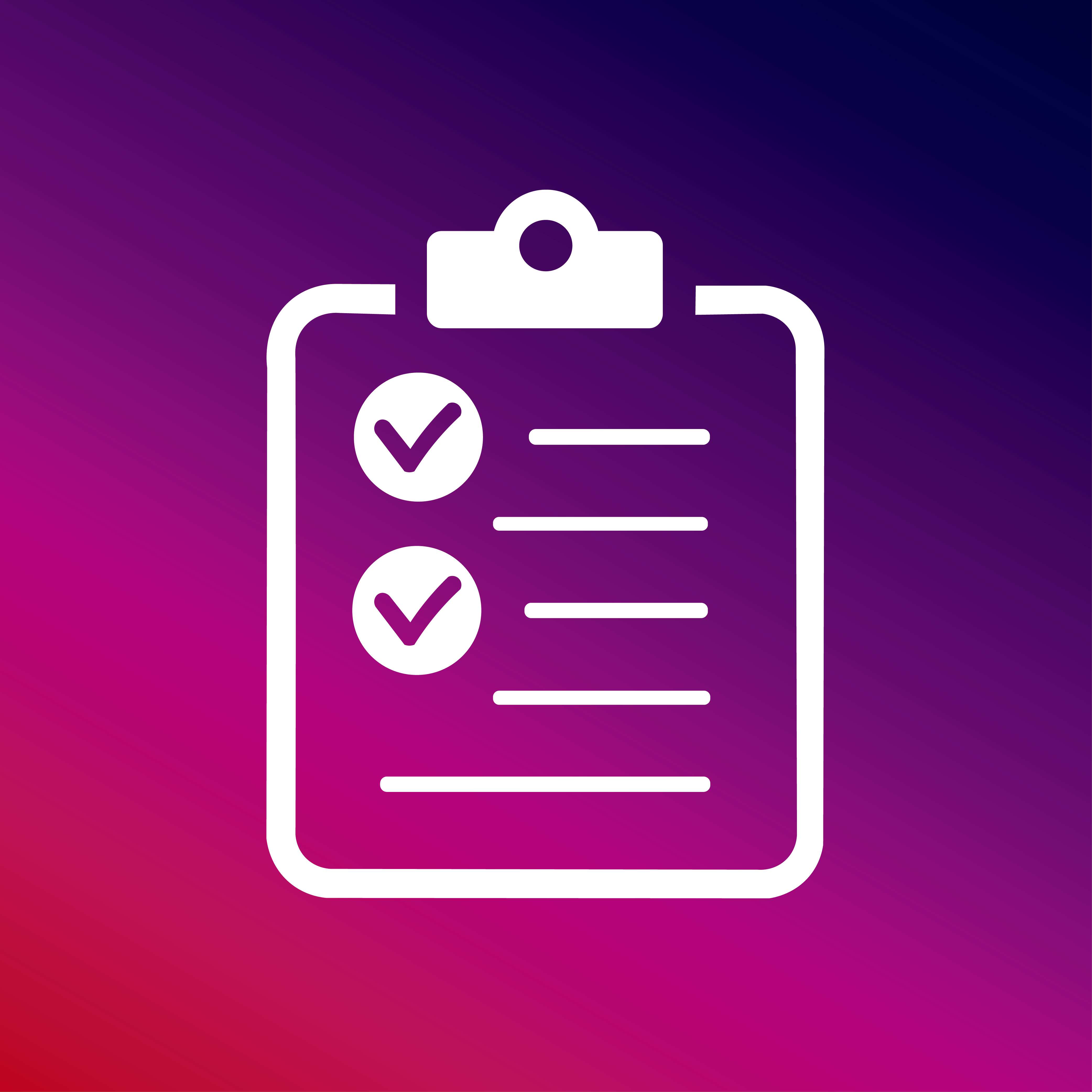The Building Blocks of Personalization for Big Brands [Enterprise Ready]

Think for a moment about Legos - the toy building bricks that for generations have been practically synonymous with childhood.
As kids, many of us built Legos with our siblings, parents and friends. Those children became adults and now purchase Lego products for new generations. They buy so many Legos that the brand is number two in the global toy market (behind Mattel, followed by Hasbro). Sure, Lego has nostalgia on its side, but it is not a stretch to credit the brand's popularity in the 21st century to its investment in the digital experience. Lego is separating itself from the pack with a similar commitment to personalization - and you can too.
Personalization's Holy Grail
Unless someone knows a person really well, it's nearly impossible to determine tone online. It is possible, however, to infer certain things about the person behind a digital interaction, because in personal relationships, there are back stories. Say a man posts an image of his son playing with Legos on Facebook with the caption, "Great, rainy day." Someone who doesn't know him may think he's upset that he has to stay inside on a Saturday night. This man's sister, however, knows he loved playing Legos on rainy days as a child, was excited to purchase his son a set of Star Wars-themed Legos and is using his Blackberry that desperately needs an upgrade. Today's consumers want brands to know that too. They need to be his sister. Well, maybe not exactly, but pretty close.
Now, how does a brand deliver an experience to "their brother" that speaks to him directly? Fortunately, if an enterprise can imagine it, there's a technology that supports it.
Please Remember Me
Nate Barad is the director of product strategy for Sitecore. After speaking with him, we know that aside from his role at Sitecore, Barad is a dad to two young boys. Without speaking directly to him, Lego can assume that too. His online order history with Lego, and other companies, is full of duplicate purchases. To avoid meltdowns, anytime he buys a toy, a tablet - you name it - he buys an extra one so that each of his sons has his own.
article continues below...
Can You Pass the Enterprise Mobile Test?
Discover three things to know before going mobile.
Using Sitecore, Lego uses Barad's order history and what he calls "digital body language" to personalize his Web experience. For example, Lego pushes down items that don't have two in stock - minimizing any frustration Barad may have after investing time in products he ultimately won't buy. Lego also promotes "buy one, get one free" (BOGO) offers or "buy two get free shipping" promotions to Barad, which they wouldn't necessarily serve to someone without his buying history. Lego and other brands can build a robust profile of Barad and his fellow shoppers (including how and when he shops, what he buys, what promotions he interacts with, what age group he buys for and more) to customize content and his user experience.
Barad expects brands to have this kind of intimate knowledge of him and to earn his business by leveraging the information they have about him to build a custom experience. In fact, Accenture Interactive reports that 75 percent of U.S. consumers like when brands personalize messaging and offers so they are more relevant, while etailing group states that 51 percent of consumers are willing to share data if it results in receiving a better shopping experience. Overall, 44 percent of consumers appreciate retailers more when they remember their buying and browsing behavior across all channels (source: e-tailing group).
So, what are you waiting for? If you're like many brands, you are stuck behind a wall of misconceptions, cost concerns and IT barriers.
Party of One
Before a brand can even begin to personalize a shopper's experience, they have to understand what personalization is and what it isn't. According to Baynote VP of Marketing and Development Dan Darnell one of the biggest misconceptions that brands have about personalization is that they are going to use a visitor's profile information to personalize the experience and that this is the only option. In fact, for 80-90 percent of commerce sites visitors are anonymous.
"To believe I am going to know your gender, household income, etc. and then deliver relevant content, sounds like the right thing to do if you have that info, but for the majority of people coming to commerce sites, you need other strategies to personalize," said Darnell.
Baynote educates brands that personalization is delivering relevant content based on what a marketer does know about a visitor, such as when a person came to a site using a particular search term (if they're not receiving Google organic traffic of course) and then went to the sweaters section, but the marketer knows nothing else. Or, like our earlier example, this shopper buys two of everything in "x" age group. To speak on a 1:1 basis with customers, profiles need to be built and then leveraged with automation. Getting started with these technologies can take as little development time as putting a tag in the footer of a website, much like an analytic solution. Conversely, to deploy more broadly, it can require server-to-server integration, which is, of course, the recommendation of many experts.
"The breadth of what you can do with this technology is eye opening for a lot of our prospects and clients," said Darnell. "The fact of the matter is it's early days for a lot of them, some of them are playing catch-up and those moving to the next step understand deploying personalization throughout a website will continue to generate improved revenue and engagement."
article continues below...
The Amazon Effect
Amazon knows product recommendations are nothing without personalization. See what opportunities exist.
Costs for solutions like Baynote can range from a few thousand dollars a month to tens of thousands depending on brand and use cases, but Darnell says the return on investment is well worth it. He continues that personalization is a critical, necessary tactic within the arsenal of the modern Web experience.
Brands need to break down personalization barriers and build their businesses like a child playing with Legos, because if they can imagine it, the technology is absolutely available to support it.
About the Author: Amberly Dressler is the Managing Editor of Website Magazine


![The Building Blocks of Personalization for Big Brands [Enterprise Ready]](https://www.websitemagazine.com/hubfs/Imported_Blog_Media/gradient-regular-logo-mark-Jan-23-2023-02-18-02-5429-PM-Apr-10-2023-01-54-47-0695-PM-Apr-25-2023-03-43-58-7426-AM-May-01-2023-10-20-31-8794-PM.png)






